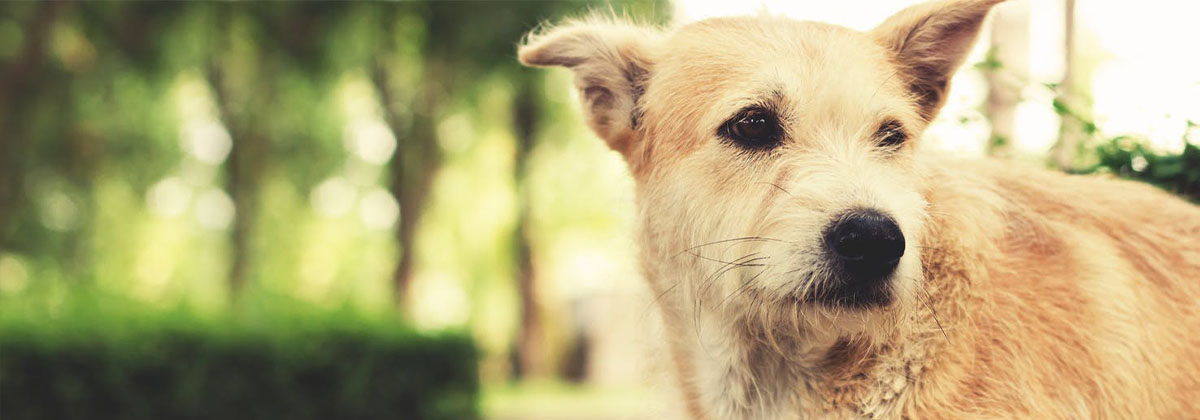13 Dec Treating Dog Depression (Part 1)
Dogs suffer from depression just like humans. This depression usually occurs due to a routine change, like losing a companion, changing residence, or adding something new to home appliances. This manifests itself during behavioural changes such as loss of energy, walking and loss of appetite, and changes in body language such as bending the tail and ears. Dog owners need to understand the symptoms of dog depression to take steps to improve their dog’s mental health.
Part 1: Recognizing Behavioral Changes for dog depression
Think about whether your dog is isolated or not!
Most healthy and happy dogs are very social creatures. When you get home, your dog may be depressed if he doesn’t greet you excitedly, shakes his tail fewer, has less energy and movement, or has lost interest in activities he enjoys. Instead of running to the door to greet guests, a depressed dog may find a corner to hoop and fall asleep.
Be concerned if your dog hides from you. Dogs that hide are usually annoyed, sick, or depressed. On the other hand, sometimes depressed dogs follow their owners wherever they go. However, some show a reluctance to interact.
Look for a change from active to inactive.
Happy dogs seem to have endless energy. For example, for every mile you walk, your dog walks four miles and comes back. He whispers to you to throw the ball regularly, and your hand gets tired before his passion for walking ends.
However, when your dog is depressed, he no longer pays attention or listens to you if you grab his collar. Instead of hurrying to the park, he walks with difficulty, with his head down. (For example, when you stop to talk to your friends, he may sit or even lie down). This shift from being active and energetic to inactive and lethargic may indicate depression.
Pay attention to his walking.
If your dog is wandering between rooms and can’t find a place to stay, he may be depressed.
Notice any changes in your dog’s sleeping pattern
All dogs sleep a lot. Especially when their owners aren’t by their side. However, you should be concerned if your dog continues to rest when you return to him, instead of going to the door or window for things that have already caught his attention.
Notes on your dog’s diet change
Most dogs eat less when they are depressed and lose weight. On the other hand, some dogs may eat more in these conditions, such as some humans. Note two things in this part:
- Your dog refuses behaviours that he once liked.
- He increases or decreases weight.
Destructive behaviours or events at home may be due to depression.
Tearing shoes or chewing on books, furniture, etc., is sometimes a sign of lack of mobility that leads to depression. Depressed dogs may be more prone to having an accident at home! Try not to get angry and push them out more to ensure they have enough time to urinate outdoors.
Beware of your dog’s aggression.
If he starts barking, biting or being aggressive when you try to communicate with your dog, it may be a sign of depression.
Part 2: Pay close attention to your dog’s body language.
Pay attention to your dog’s eyes.
Dogs look with half-open, shrinking eyes when they are in pain, depressed, or stressed. Some dogs have sad eyes at their best because they have drooping eyelids instead of depression. So do small, joint exercises to understand whether or not to consider their sore eyes as a sign of depression.
See if your dog has fallen ears or is pulling behind his ears.
Depressed dogs have a slight tendency to show attention to their surroundings by moving their ears. For example, your dog doesn’t want to hear sounds that he naturally enjoys, such as when you call his name or pull his collar, and the leash causes him to walk.
If your dog has his head down, pay attention to him.
Depressed dogs tend to lower their heads when standing or sitting. Also, when lying down, he prefers to rest his chin on the ground and seldom raises his head in response to the activities around him.
Observe how your dog holds his tail.
When a dog is depressed, he holds his tail down or between his legs and no longer moves his tail eagerly and simply. When you stimulate your dog to move his tail, its movement is slow and half-alive.




Sorry, the comment form is closed at this time.